Seed-Starting Gadgets
These products promise to make your life easier

Starting your own seeds is a great way to get a lot of plants for little money. But from sowing tiny seeds to prying seedlings out of flimsy plastic trays, the process can be a bit of a pain in the neck. Of course, a number of products promise to make your seed-starting life easier. We wanted to know if these gadgets really helped or just added to the frustration, so we gave several of them a test drive. Here is what we discovered.
See more: Experts Pick Their Top 20 Tools
Tidy Tray
(pictured above in right corner)
Can a person fall in love with a tray? The answer doesn’t matter because we are smitten. We can’t imagine potting up seedlings without the Tidy Tray. Moisten your media and fill your trays without making a mess—and don’t forget the little shelf to hold anything you want to keep handy but don’t want to get dirty.
Pros: Sturdy; useful in countless ways
Cons: They don’t make these for other aspects of living, like cooking or doing your taxes.
Sow EZ Seeder
Many seed-starting gadgets deal with the difficulty of properly spacing seeds in a row or in a container. This seeder is a little tricky to use at first, but once you get the hang of it (try following the instructions), it becomes a cinch to drop one seed at a time. And keeping the tool close to the soil helps with precision.
Pros: Easily places seeds right where you need them
Cons: Tricky to get the hang of
Lee Valley Self-Watering Seed Starter
Many types of self-watering germination systems are available, and they all have the same setup: An open bottom tray sits atop a capillary mat, which wicks water up from a reservoir; a humidity dome covers the tray to assist in germination. We have used a few of these, and the Lee Valley version is more durable than most. A handy water-level monitor lets you know when it is time to add more water.
Steve likes these products because they allow someone to forget about watering for a few days at a time. One downside is that once a seed germinates, it should come out from under the humidity dome to prevent disease. This means you need to remove a seedling as soon as it sprouts, or you need to start the entire tray of the same seeds and just remove the dome once they start germinating. And don’t let the roots grow into the capillary mat: It will be tough to get them out.
Pros: Easy to use; effective at germination; durable
Cons: Best for starting only one kind of seed
Fertil Pots
Biodegradable pots usually are made entirely of peat moss. Fertil Pots, however, are 80 percent wood fiber and only 20 percent peat moss. So if you don’t like the idea of using peat moss, this is a great alternative. We found them to be a bit less sturdy when wet compared to Cow Pots, but they did not tear or dissolve prematurely.
Pros: Easy to fill and water; no need to pot up seedlings
Cons: A little flimsy; might not fit your definition of “sustainable”
Gro Mor Mini Wand Seeder
This seeder uses suction to grab and hold onto small seeds, allowing for precise sowing. If you have tiny expensive seed, this might just be the tool you need, as it comes with different sizes of nozzles and a magnifying glass so that you can see what you are doing. We couldn’t really get it to work very well, and none of the seed we use is so precious that it can’t be sown thickly and then thinned.
Pros: Could be good for very small seeds
Cons: Requires practice and patience
Cow Pots
There isn’t much that’s better for soil than cow manure, but do you really want to start seeds in it? Cow Pots are sterile, odor-free, and completely biodegradable, so go ahead and germinate in them. We found these pots to be sturdier than other biodegradable pots. The sides don’t threaten to tear if you get them too wet. A seedling’s roots eventually will penetrate the sides, so you can plant your seedlings into the ground while still in the pot, which breaks down relatively quickly in the soil.
Pros: Undoubtedly a renewable resource; clean; no transplant shock
Cons: None, unless you get hung up on what they are made of, which you shouldn’t because you are a gardener
Seedmaster Vibrating Hand Seeder
This is basically a trowel with a wall that allows only one seed through at a time. A little wheel on the handle causes the seeds to bump toward the end and eventually drop where you want them to. It comes with different walls for different sizes of seeds. Sometimes it dispenses more than one seed, but it is manageable.
Pros: Easy to load and unload; effective at dropping only one or two seeds at a time
Cons: Getting the blocker out of the trowel was hard at first
Peat Pellets
Cheap and seemingly omnipresent, peat pellets expand when moistened to become a self-containing ball of soil for your seed to germinate in. Using hot water speeds expansion, but these peat balls can dry out faster than other products. The mesh that holds all of the peat together is helpful, but it doesn’t break down in the soil as fast as we would have liked. Removing it before you transplant is the way to go. If you’d like to avoid peat, coir pellets are also available.
Pros: Easy, cheap, and effective
Cons: Dry out quickly; mesh doesn’t quickly break down in soil
Centrospray Seedling Sprayer
If you have ever watered a seedling only to have it keel over from the weight of the water or the loose soil media shifting around, you might want to look at this tool. Fill the bulb with water, and a gentle squeeze delivers a fine spray of water. If you have numerous seedlings, this could take a while, but you are less likely to damage them.
Pros: Gentle spray; easy to use
Cons: Bottom watering is still better
Widger
One of Carol’s go-to tools for transplanting is her butter knife. But for lifting seeds out of cells or separating seedlings sown in an open flat, the widger can’t be beat. Each end is a different size and is offset from the handle for better leverage. We have not, however, tested its efficacy at spreading jam on bread.
Pros: Easy to use; double sided with offset handle
Cons: Potentially easy to lose



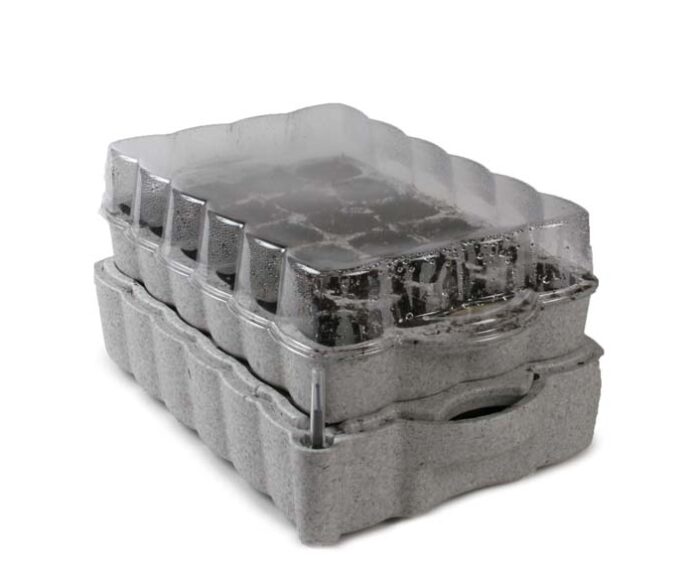
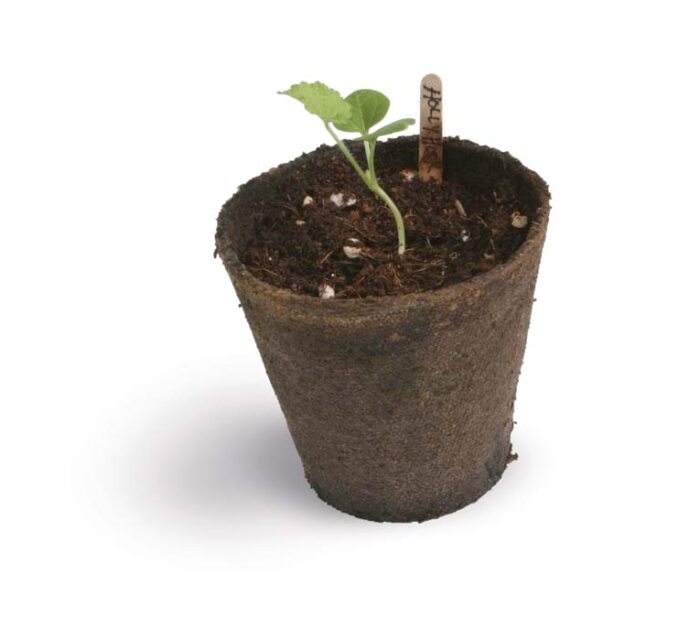
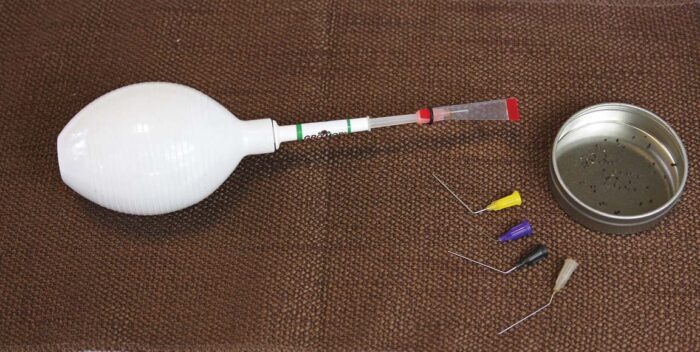

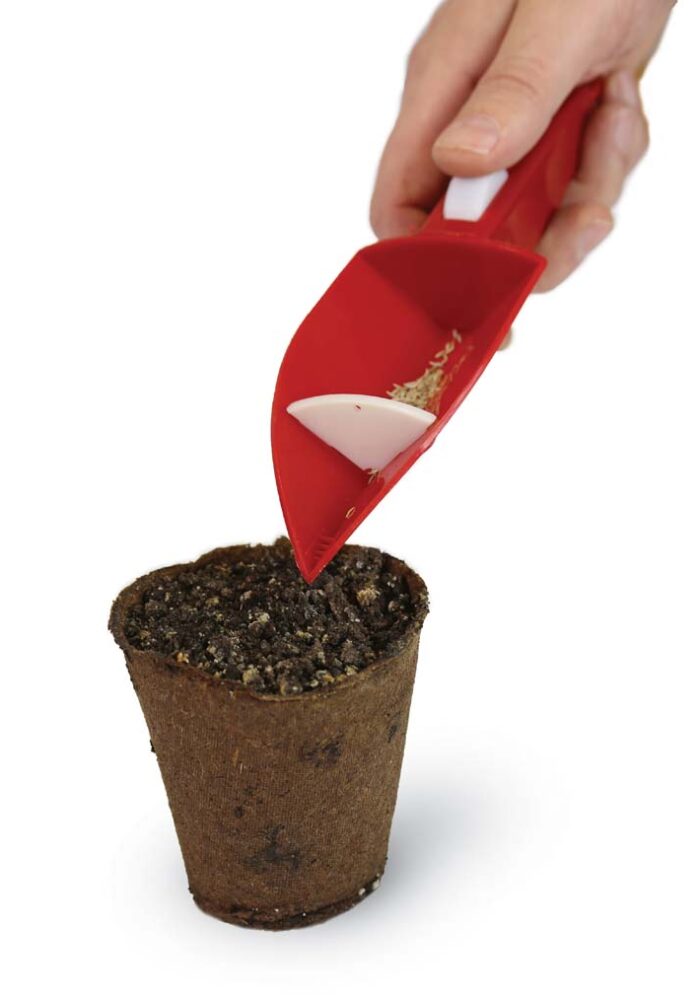

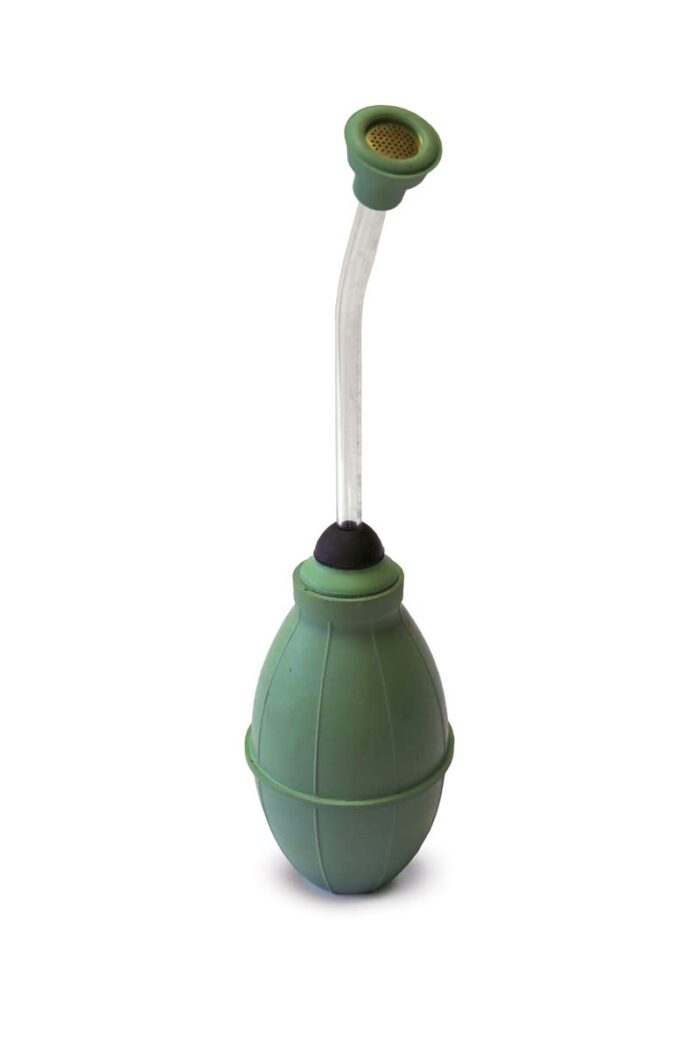
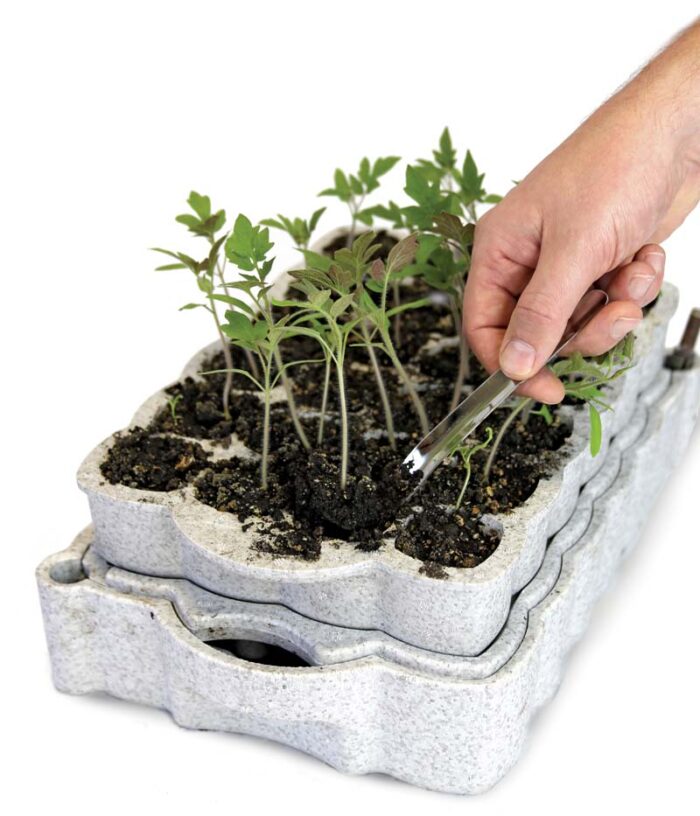



Comments
Log in or create an account to post a comment.
Sign up Log in